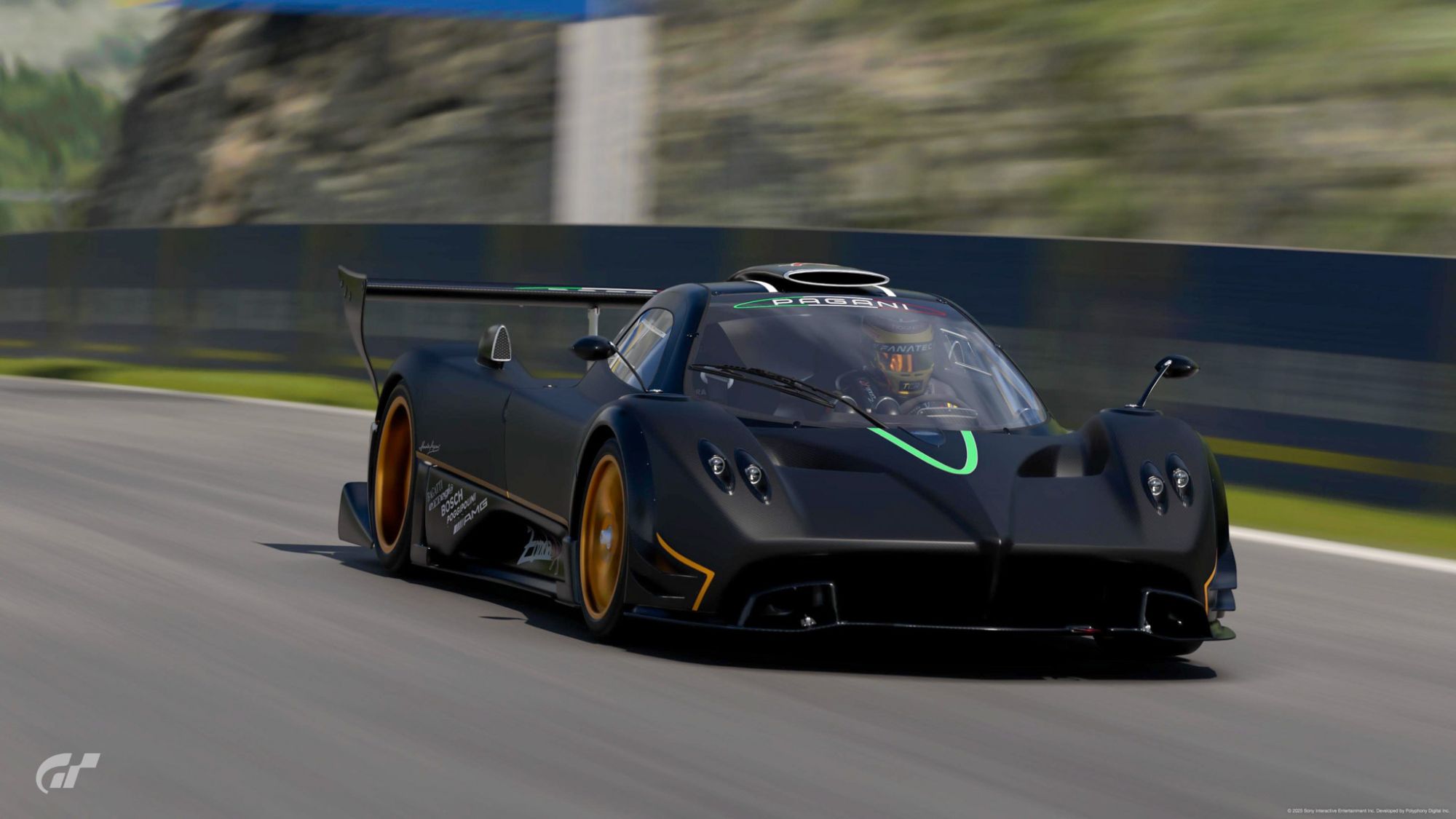
At the ADAC Sim racing expo I had the chance to test out AC EVO. Built from the ground up with a brand-new engine, it promises to deliver a unique blend of stunning visuals, dynamic weather, and a user-friendly experience. But will it appeal to hardcore sim racers, or is it aiming for a wider audience? In the next couple of minutes I’ll share my impression and let you know what I think.
What’s New with AC EVO?
What sets this game apart from its predecessors?
Right off the bat, AC EVO is running on a completely new game engine, according to the devs, one designed specifically for racing. It’s built from scratch to offer something new. The game will feature a car ownership and collection system, allowing players to own their cars rather than just unlock them, adding a sense of progression.
You’ll have access to full mechanical tuning, cosmetic mods like spoilers and rims, and power output tweaks similar to what we see in Gran Turismo. For those who love free roam, the game will even offer a free-roam mode, allowing you to drive on iconic roads around the world. It’s not just about racing on tracks but also enjoying cars in their element.
We’re also expecting to see proving grounds and drifting sections, with fully dynamic weather that changes as you drive—so rain, fog, and even day-to-night transitions will be part of the racing experience. One thing that we’re waiting for is confirmation of VR and triple monitor support. While it’s not yet confirmed, the devs have said it’s a top priority.
Hands-On Gameplay: First Impressions
How do the cars feel on the track?
I got to test three combinations:
Porsche 911 at Imola: A day-to-night transition that highlights lighting effects.
Alpine on Mount Panorama: A thrilling test in the rain.
Hyundai at Brands Hatch: Navigating a wet track with patches of dry tarmac.
Each of these tests gave me an idea on how AC EVO handles in different conditions. The cars feel responsive, but they’re not overly difficult to drive. You can lose control if you’re careless, but it’s easier to catch the car when things go sideways. This makes me think that AC EVO is aiming for a wider audience, much like Gran Turismo 7, rather than focusing on sim racing titles like iRacing or ACC. The cars feel alive, but with a layer of safety.
Porsche 911 on Imola: A Dynamic Test
How does the day-to-night transition enhance gameplay?
Driving the Porsche 911 at Imola gave me a firsthand look at how stunning the lighting effects are in AC EVO. The day-to-night transition is smooth and adds an incredible level of immersion. It's not just a visual upgrade—the transition impacts how you drive, as shadows lengthen and visibility decreases. It makes the racing experience more dynamic and less predictable, which is a huge plus.
The car itself felt responsive yet forgiving. You don’t need to be a professional driver to keep the car under control, but at the same time, it doesn’t feel too easy. It’s a nice balance between challenge and accessibility, making it feel like this game is built for both casual players and racing enthusiasts.
Rain Gameplay on Mount Panorama with Alpine
How realistic is the wet weather driving?
Mount Panorama in the rain was hands down the most challenging experience. The Alpine felt like it was fighting me every time I hit a kerb, and I even spun out a couple of times. That’s a good thing though—it means the wet conditions feel unpredictable and realistic. The rain mechanics force you to adapt and adjust, especially when it comes to braking and cornering.
The graphics here were top-notch. From the reflections on the wet track to the way the raindrops affected visibility, everything looked smooth, and there were no noticeable frame drops. It felt fluid and immersive—exactly what you’d expect from a next-gen racing title.
Hyundai at Brands Hatch: Wet Circuit Handling
What about front-wheel drive?
Next up, I tried the Hyundai at Brands Hatch, which offered a different challenge. The car is front-wheel drive, so understeer was a constant factor, especially as the track was only partially wet. I had to be careful on the slippery patches, which felt less grippy, making corner exits tricky. This was a fun test of the game’s physics—how it handles different weather conditions on various parts of the track.
The car itself was responsive, but the force feedback felt a little dampened. It didn’t give me as much of the road feel as I would have liked, especially compared to other sims. But the overall experience was solid, especially for a first impression of this early build.
Physics and Force Feedback: Is It a Sim?
How do the game physics and FFB compare to other racing sims?
Now, let’s talk about the core mechanics—force feedback (FFB) and physics. AC EVO seems to be offering a mix of realism and accessibility. The FFB feels good, but it’s slightly dampened compared to games like iRacing, where the car feels more connected to the road. That said, it’s still an improvement over ACC, offering a smoother and more refined experience.
The physics are perhaps a bit on the stiff side, but once you get used to them, the game feels intuitive and fun. It’s clear that the focus is on creating an enjoyable user experience rather than replicating that 100% sim racing title. AC EVO seems to be focused toward a wider audience, which might disappoint the hardcore sim racers but should be a top title in the sim racing world.
Conclusion
Is AC EVO the next big title in racing games?
So, where does AC EVO stand? From my first impressions, it seems like this title is going to focus more on gameplay and immersion rather than being a full-on simulation like iRacing. The visuals are stunning, the dynamic weather and day-night transitions are a game-changer, and the cars feel responsive yet forgiving. It’s a user-friendly racing game that will appeal to a wider audience, much like Gran Turismo.
With the first release on Steam coming January 16th and console versions expected later, I’m excited to see how this game evolves.
























